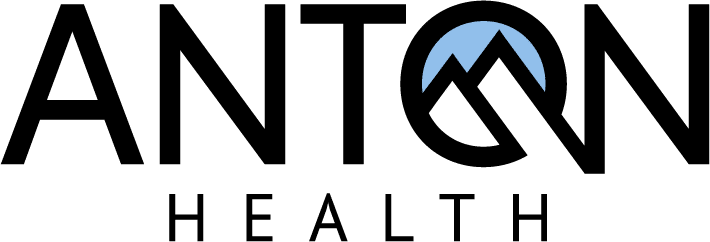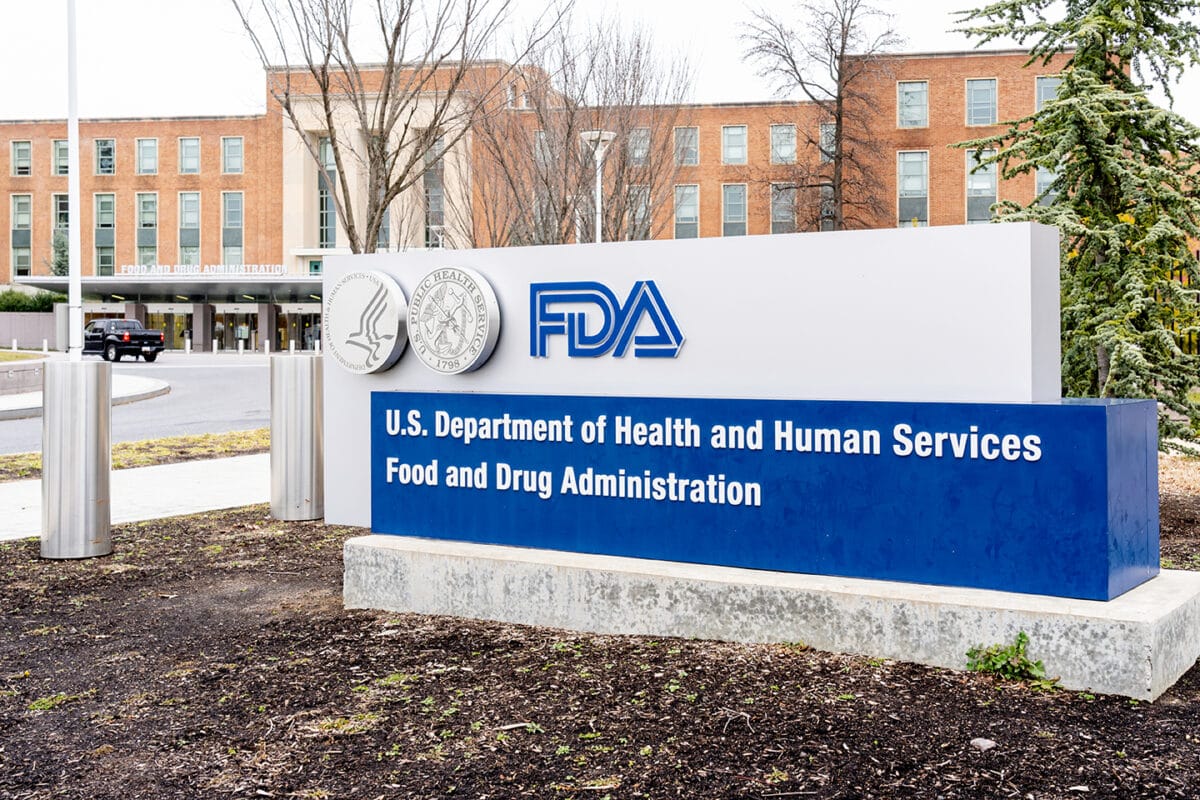Ok, we know you are ready for more catch up….. and it ain’t the red stuff.
The FDA recently approved yet another expensive specialty pharmacy therapy. The new arrival is called Imcivree (setmelanotide) and is from Rhythm Pharmaceuticals. It is indicated for chronic weight management caused by a bunch of genetic disorders that are too numerous to mention. The drug is designed to restore a biological pathway that, when disrupted, can lead to constant hunger.
Imcivree is provided as a subcutaneous injection. Although there are several unusual warnings and precautions included in the prescribing information, it was approved without a black box warning.
Non-prescription weight loss programs can be a bit pricey (I only hear rumors myself). Imcivree, however, breaks the bank by comparison. It will be priced at $330 per milligram for an adult at the recommended dose of 3 mg per day. That translates into an annualized cost of ~$360,000!
Given that the patient population is quite small, and the price is exceptionally high, Imcivree will certainly come to market through limited distribution.
FDA approves first treatment for weight management for people with certain rare genetic conditions
11/27/2020 — The U.S. Food and Drug Administration approved Imcivree (setmelanotide) for chronic weight management (weight loss and weight maintenance for at least one year) in patients six years and older with obesity due to three rare genetic conditions: pro-opiomelanocortin (POMC) deficiency, proprotein subtilisin/kexin type 1 (PCSK1) deficiency, and leptin receptor (LEPR) deficiency confirmed by genetic testing demonstrating variants in POMC, PCSK1, or LEPR genes considered pathogenic (causing disease), likely pathogenic, or of uncertain significance. Imcivree is the first FDA-approved treatment for these genetic conditions.
Imcivree is not approved for obesity due to suspected POMC, PCSK1, or LEPR deficiency with variants classified as benign (not causing disease) or likely benign or other types of obesity, including obesity associated with other genetic syndromes and general (polygenic) obesity.
People with obesity due to POMC, PCSK1 or LEPR deficiency become severely obese at a young age. Patients are usually a normal weight at birth, but they gain excess weight because of a genetic defect (an imperfection or anomaly) that affects their level of hunger, ability to feel full or satiated, and energy output (metabolism). These conditions are very rare, with only around 150 reported in the medical literature for all three combined.
Imcivree works by activating areas in the brain that regulate appetite and fullness, causing patients with specific defects in these areas of the brain not to eat as much and to lose weight. The drug also increases resting metabolism (the number of calories the body burns at rest), which can contribute to weight loss. While Imcivree leads to weight loss in patients with obesity associated with these conditions, it does not treat the genetic defects that cause the conditions or other symptoms or signs.
Imcivree was evaluated in two 1-year studies. The first study enrolled patients with obesity and confirmed or suspected POMC or PCSK1 deficiency while the second study enrolled patients with obesity and confirmed or suspected LEPR deficiency; all patients were six years or older. The effectiveness of Imcivree was determined by the number of patients who lost more than 10 percent of their body weight after a year of treatment.
The effectiveness of Imcivree was assessed in 21 patients, 10 in the first study and 11 in the second. In the first study, 80 percent of patients with POMC or PCSK1 deficiency lost 10 percent or more of their body weight. In the second study, 46 percent of patients with LEPR deficiency lost 10 percent or more of their body weight.
The study also assessed the maximal (greatest) hunger in 16 patients over the previous 24 hours using an 11-point scale in patients 12 years and older. In both studies, some, but not all, of patients’ weekly average maximal hunger scores decreased substantially from their scores at the beginning of the study. The degree of change was highly variable among patients.
The most common side effects of Imcivree include injection site reactions, skin hyperpigmentation (skin patches that are darker than surrounding skin), headache and gastrointestinal side effects (such as nausea, diarrhea, and abdominal pain), among others. Spontaneous penile erections in males and adverse sexual reactions in females have occurred with treatment. Depression and suicidal ideation have also occurred with Imcivree.
FDA granted orphan disease designation, Breakthrough Therapy designation, and Priority Review for this drug application. FDA granted the approval of Imcivree to Rhythm Pharmaceutical, Inc.











